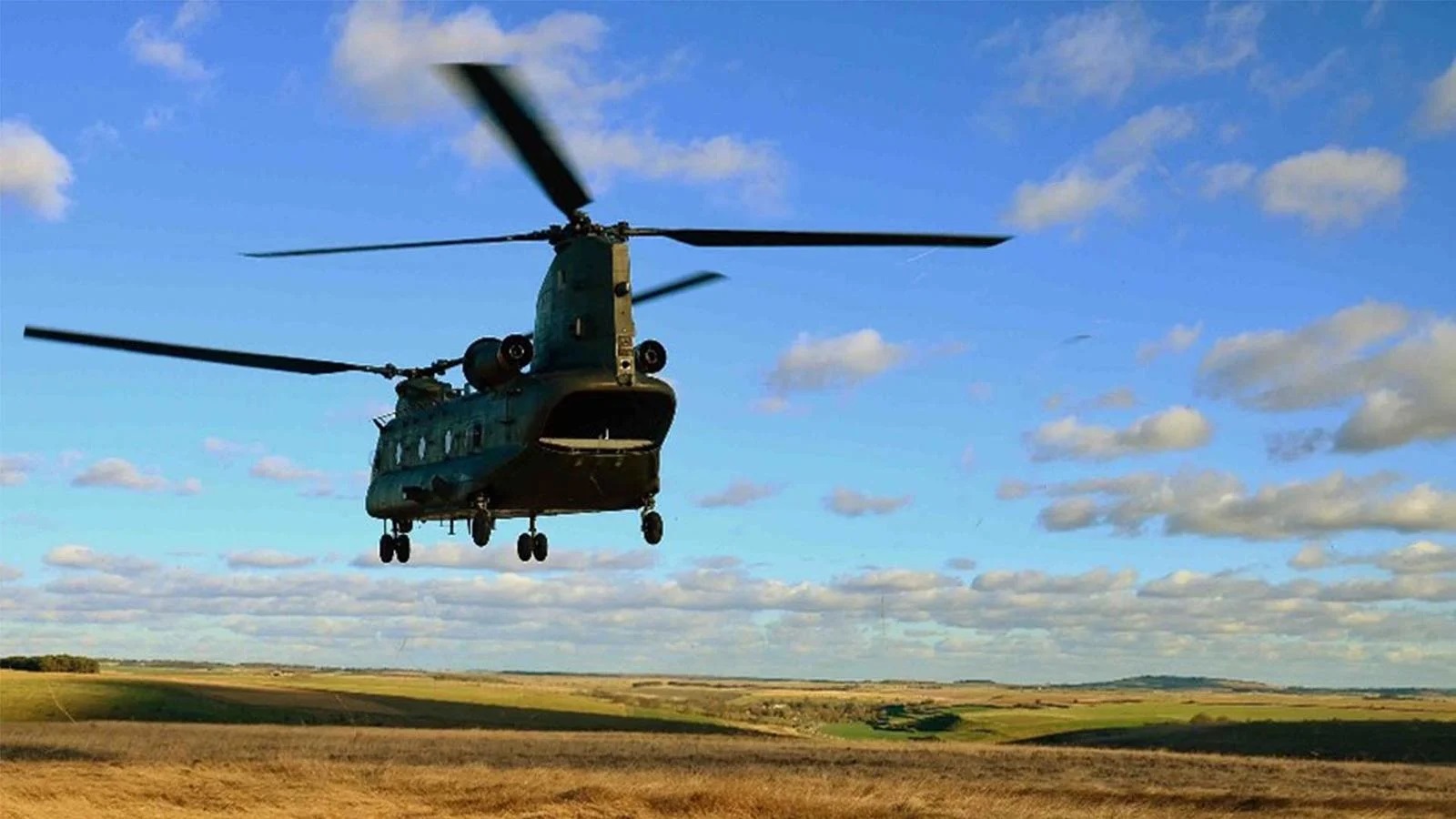The UK Royal Air Force successfully tested the launch of First Person View (FPV) drones from a CH-47 Chinook helicopter, marking a new chapter in the fleet’s aviation history.
Why it matters: As the use of uncrewed aerial systems (UAS) in ongoing conflicts rises, the RAF, U.S. Army and allies around the globe indicate that teaming between crewed and uncrewed aircraft will be essential to the fight for the foreseeable future.
- The Chinook’s transformation into a mobile uncrewed systems carrier strengthens its role in the RAF’s future force structure.
- With its spacious cargo bay, rear ramp and ability to operate from forward bases, the Chinook is well suited to team with UAS.
The big picture: Launching FPV drones from helicopters marks a significant shift in how UAS can be deployed in contested environments, says Joe Sabello of Defense Post.
- Traditionally, uncrewed systems are launched from static positions using ground-based launch platforms, limiting their flexibility and increasing operational risk.
- By deploying drones midair from a moving helicopter, as demonstrated during the RAF’s “Hornets Nest” trial, the UK military bypasses many of the constraints of ground-based operations, such as the need for secure launch sites, long setup times and exposure of personnel to enemy fire.
- By pairing the helicopter’s mobility with FPV drone capabilities, the RAF could soon enable airborne swarming to overwhelm enemy defenses, disrupt communications or relay real-time intelligence.
What the customer said: “UK defence is embracing FPV drones due to their proven effectiveness in recent conflicts, the tactical advantages they offer on the battlefield, their alignment with future military strategies and the ability to rapidly train personnel in their use,” said the Royal Air Force on social media.
- Watch highlights of Chinook and FPV drone trial here (RAF video featuring music only, no narration).
What’s next: The pioneering effort with Chinook and FPV drones helps position the UK for future conflicts, blending advanced and cost-effective unmanned systems for operational effectiveness.
